Pritzker-Prize Winner Remment Lucas Koolhaas (you probably know him as Rem Koolhaas) is undoubtedly one of the pioneers in the world of architecture. This dutch architect is the co-founder of one of the world’s most renowned architecture firms, OMA, and an urban planner. He is a philosopher whose theories have resulted in both admiration and contempt – There Are So Many Reasons To Revere Rem Koolhaas! Here are 7 interesting facts about this controversial personality that might be the reasons behind his success.
What is Rem Koolhaas famous for?
Rem Koolhaas is famous for his multidirectional thinking pattern during the design process. This can be observed in his famous 2004 Seattle Public Library and how its elements are abstracted and appear to be in disharmony – yet every room is designed at its best functionality.
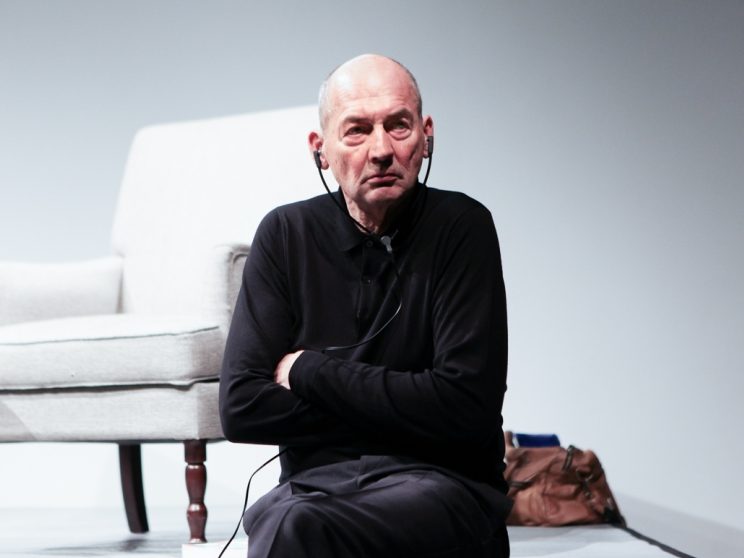
Rem Koolhaas
7 interesting facts about Rem Koolhaas controversial personality
1. He is a world traveler
Gathering ideas, observing the urban space around him, and documenting his unconventional ideas, Koolhaas travels consistently. He says that he stays in hotels so often that he is excited to be involved in designing one himself. A library in his mind exists as a result of all his diverse journies.
During his childhood years, Koolhaas lived for four years with his family in Jakarta, Indonesia. This is when he started to become infatuated with Asia. This was a starting point to an obsession with Asian architecture that shows in many of his designs. Before working on designing the Seattle Public Library, he conducted a three-month study, traveling to check out libraries in Europe and the United States, then producing a book that includes, as he puts it, “everything from first impressions to analysis of what is wrong with libraries.”
2. He was a journalist and a filmmaker
“In my own mind, I am as much a writer as an architect,”– Rem Koolhaas
3. He loves making disputable buildings
“I like thinking big. I always have. To me it’s very simple: if you’re going to be thinking anyway, you might as well think big.” – Koolhaas in an interview, S, M, L, XL
It is no secret that Koolhaas’s buildings are eccentric and unconventional. Koolhaas does not try to hide it. In fact, he does not mind thinking outside the box or getting showered with criticism. On the other hand, he honestly states that it is sometimes okay to be realistic and think inside the box.
“That has been my entire life story. Running against the current and running with the current. Sometimes running with the current is underestimated. The acceptance of certain realities doesn’t preclude idealism. It can lead to certain breakthroughs.”– Koolhaas in the Smithsonian Mag, September 2012
Read more:
7 reasons to revere Rem Koolhaas!
4. He has no “Trademark”
“Architecture has been defined in terms of one activity, and that activity is adding to the world. A few years ago I realized the profession was as if lobotomized – it was stuck conceiving of itself only in terms of adding things and not in terms of taking away or erasing things” – Koolhaas in an interview in Wired.
Unlike other architects of his stature, such as Frank Gehry or Zaha Hadid, who have continued to refine their singular aesthetic visions over long careers, Koolhaas works like a conceptual artist. Although his buildings are arguably bizarre and mostly modern, he does not restrict himself to one single style or signature. He is a versatile designer, capable of drawing on a seemingly endless stream of ideas. Accordingly, he does not confine himself to one single form. Also, we have shown before a short movie about Koolhaas promoting his Manhattan project which shows his flexibility in design.
Koolhaas participates in many competitions, which is also uncommon among most of the architects of his popularity. The process allows for creative freedom since a client isn’t there to make demands.
5. He puts user’s needs first
Most of his work demonstrates modernity and highlights the humanitarian design approach. The world-famous Seattle Library, designed by Koolhaas prioritizes users’ needs and gives a new dimension to our previous perception of what we consider a library. The library design provides a unique spatial experience that makes people eager to read, learn, and come back for more. The interior design makes the reader’s experience one of a kind, while the exterior resembles a “labyrinth”.
Koolhaas designed Maison à Bordeaux in France, in 1998. He constructed a glass elevator for his wheelchaired client, allowing him to travel through the three levels of the house without feeling “trapped”. The Times Magazine chose the house as one of the best designs of the year.
Read more:10 Lessons To Learn From Rem Koolhaas
“People can inhabit anything. And they can be miserable in anything and ecstatic in anything. More and more I think that architecture has nothing to do with it. Of course, that’s both liberating and alarming…” – Rem Koolhaas
7. He was originally an urban designer
Although he is known for his architectural designs, he largely contributes to the cultural scene as an urban thinker. Not since Le Corbusier mapped his vision of the Modernist city in the 1920s and ’30s has an architect covered so much territory. Koolhaas has traveled hundreds of thousands of miles in search of commissions. Along the way, he wrote half a dozen books on the evolution of the contemporary metropolis and designed urban master plans for suburban Paris, the Libyan desert, and Hong Kong.
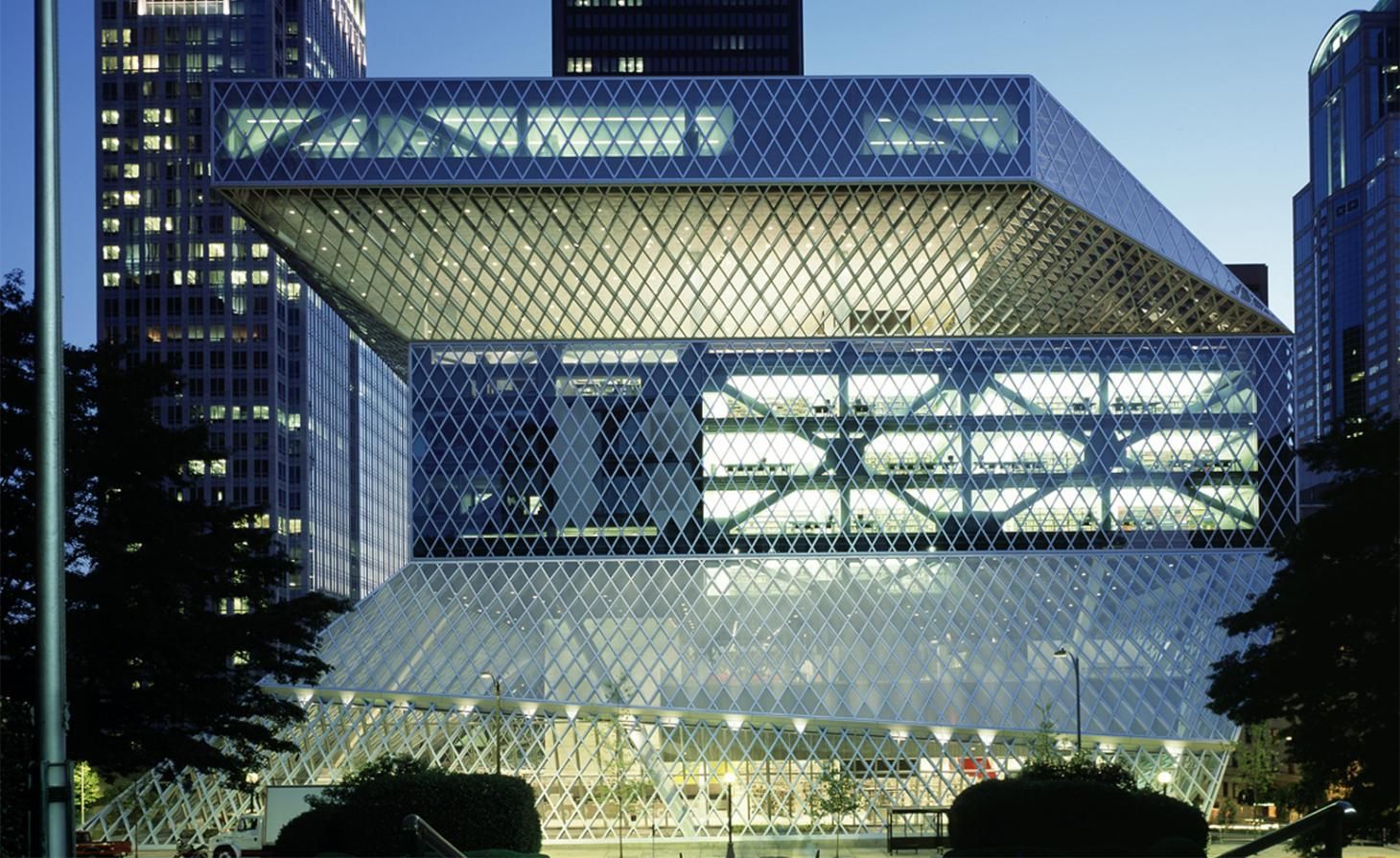
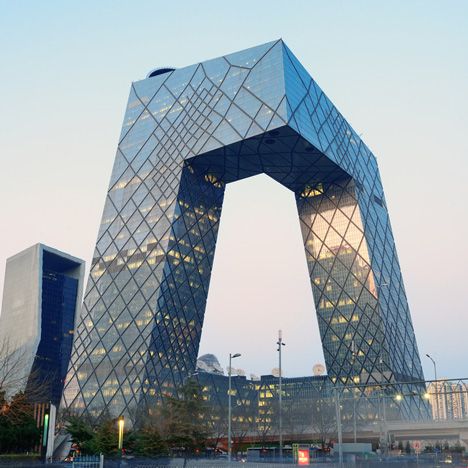
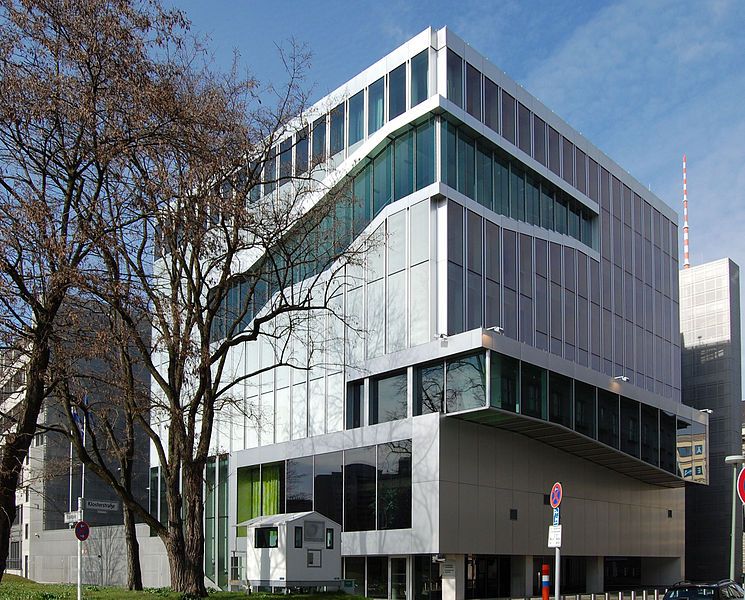
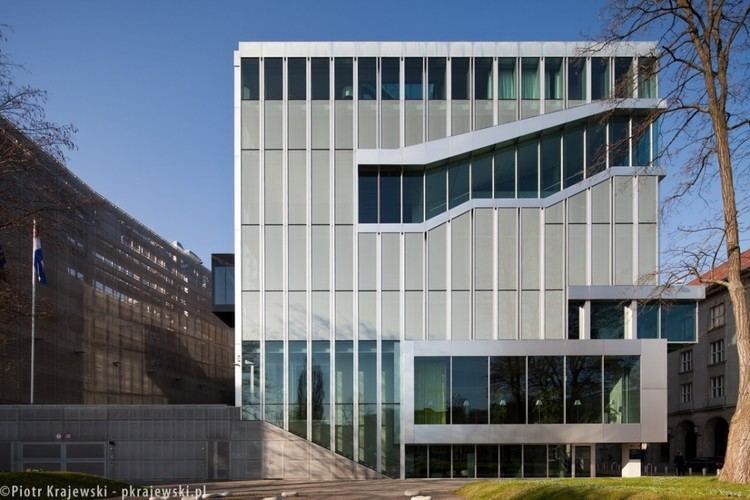
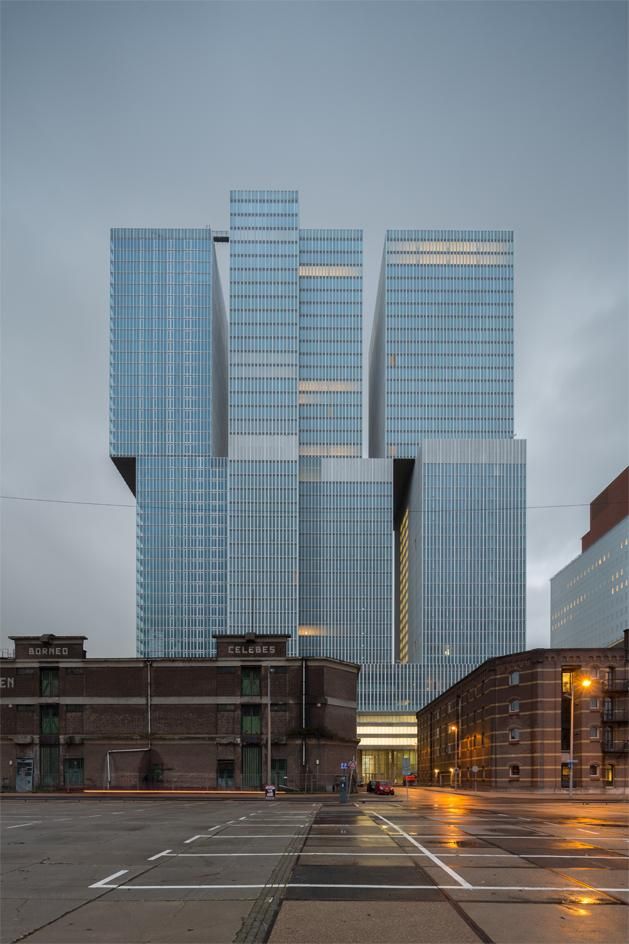
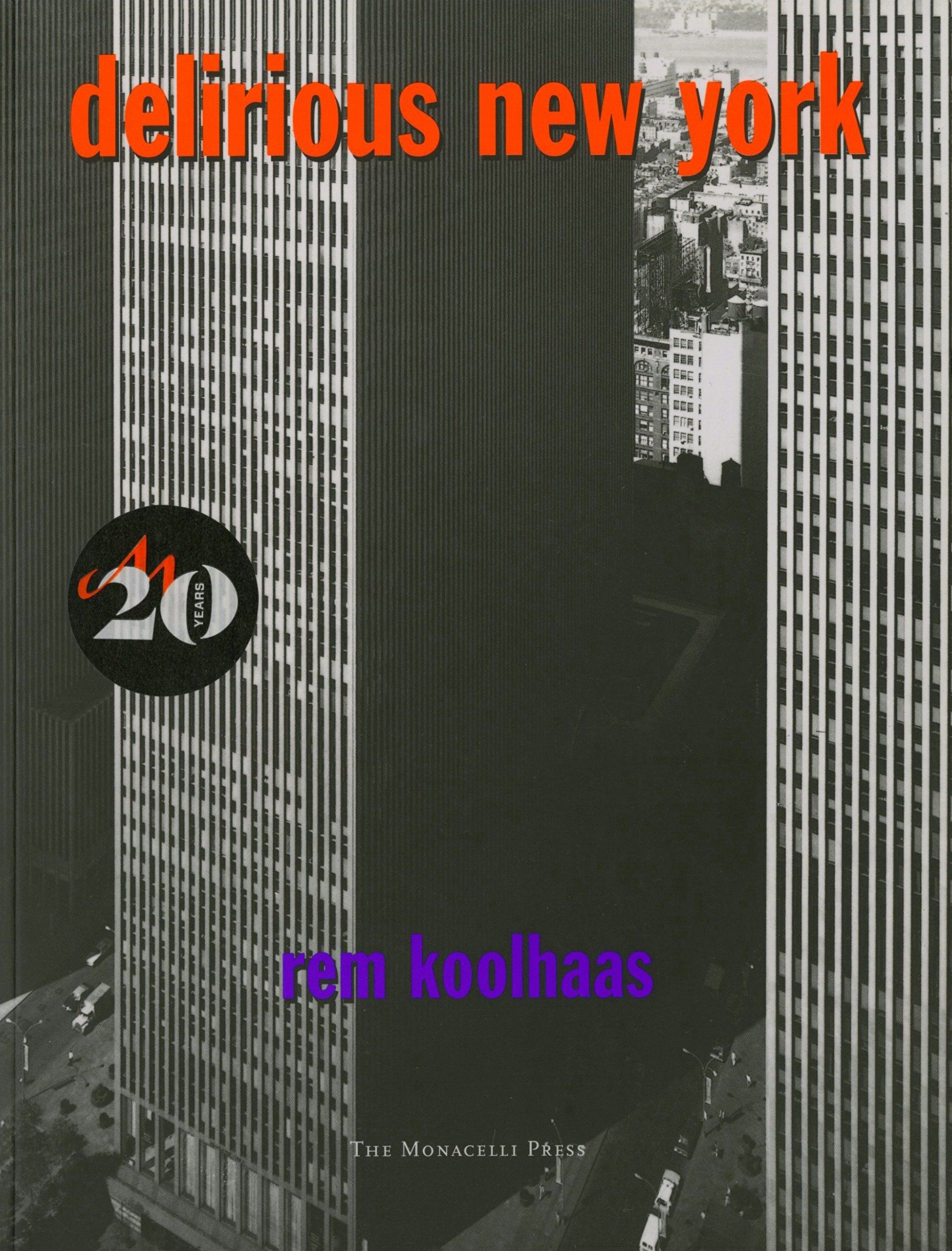
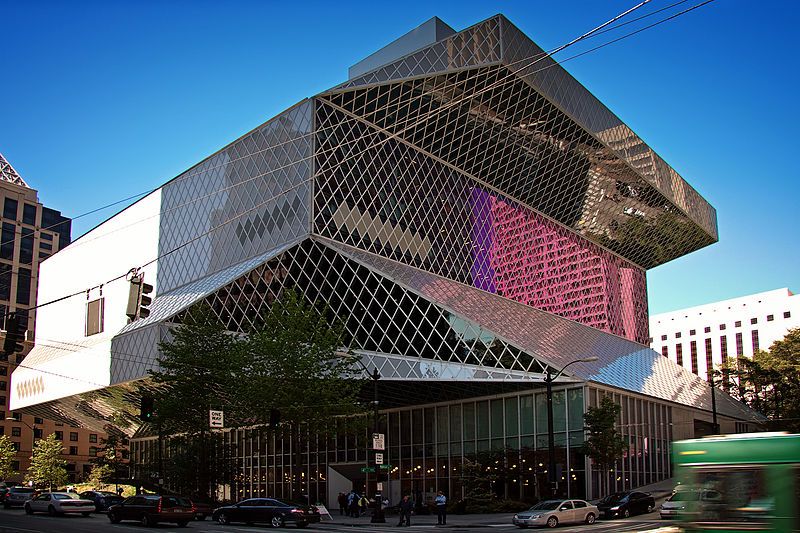
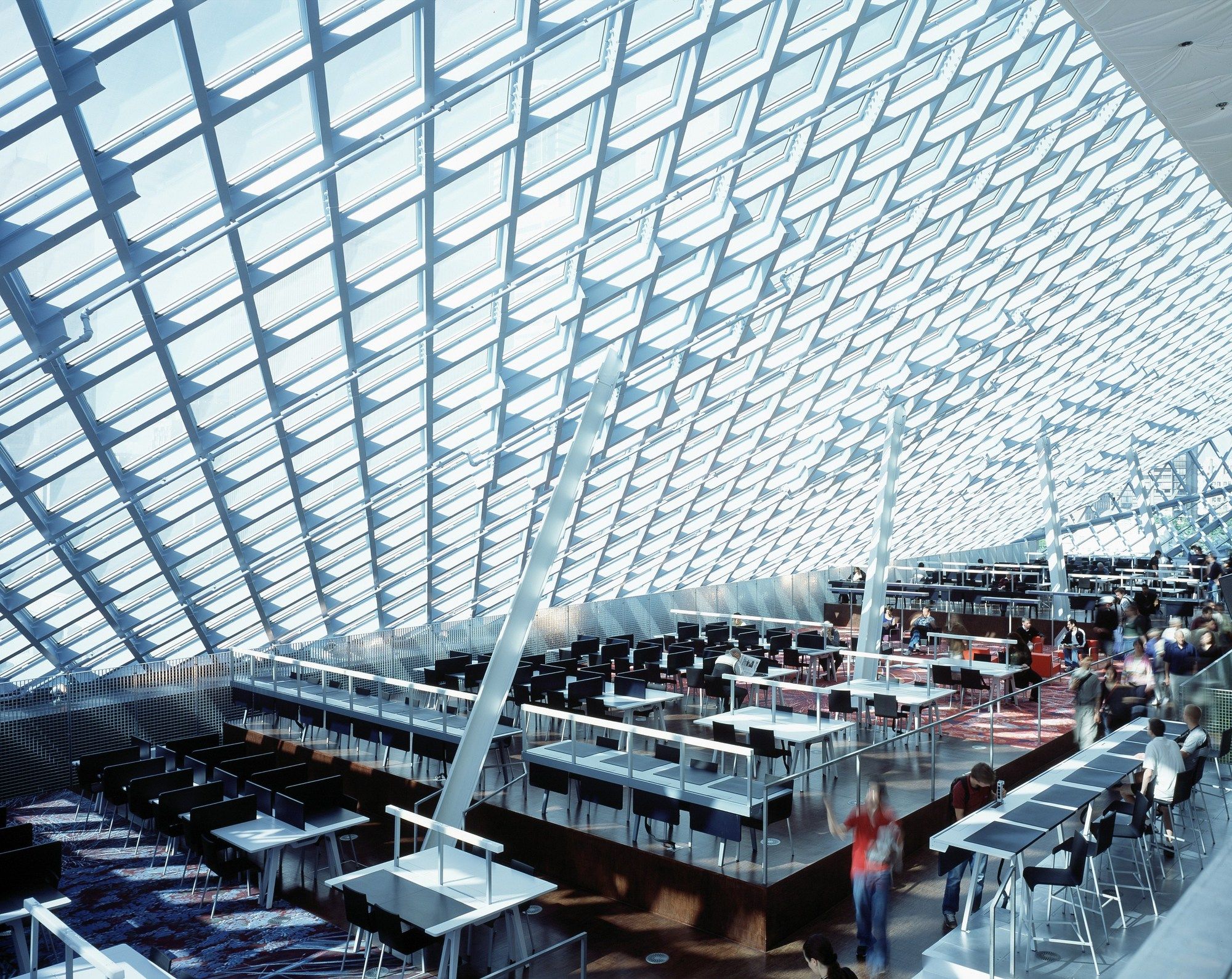

Tags: Central LibraryFrank GehryFSgehryGehry PartnersKoolhaaslegendary architectsLibraryOMApioneersRem KoolhaasSeattlestarchitectUrbanUrban Design
"Nour is a Cairo based architect who has an obsession with Landscape Architecture, nature and meditation. She considers writing as a powerful tool to send her ideas to the community and make this world a better place. She is addicted to traveling and teaching. Her international exposure gives her a unique and well-rounded perspective that keeps her articles fresh and interesting."

